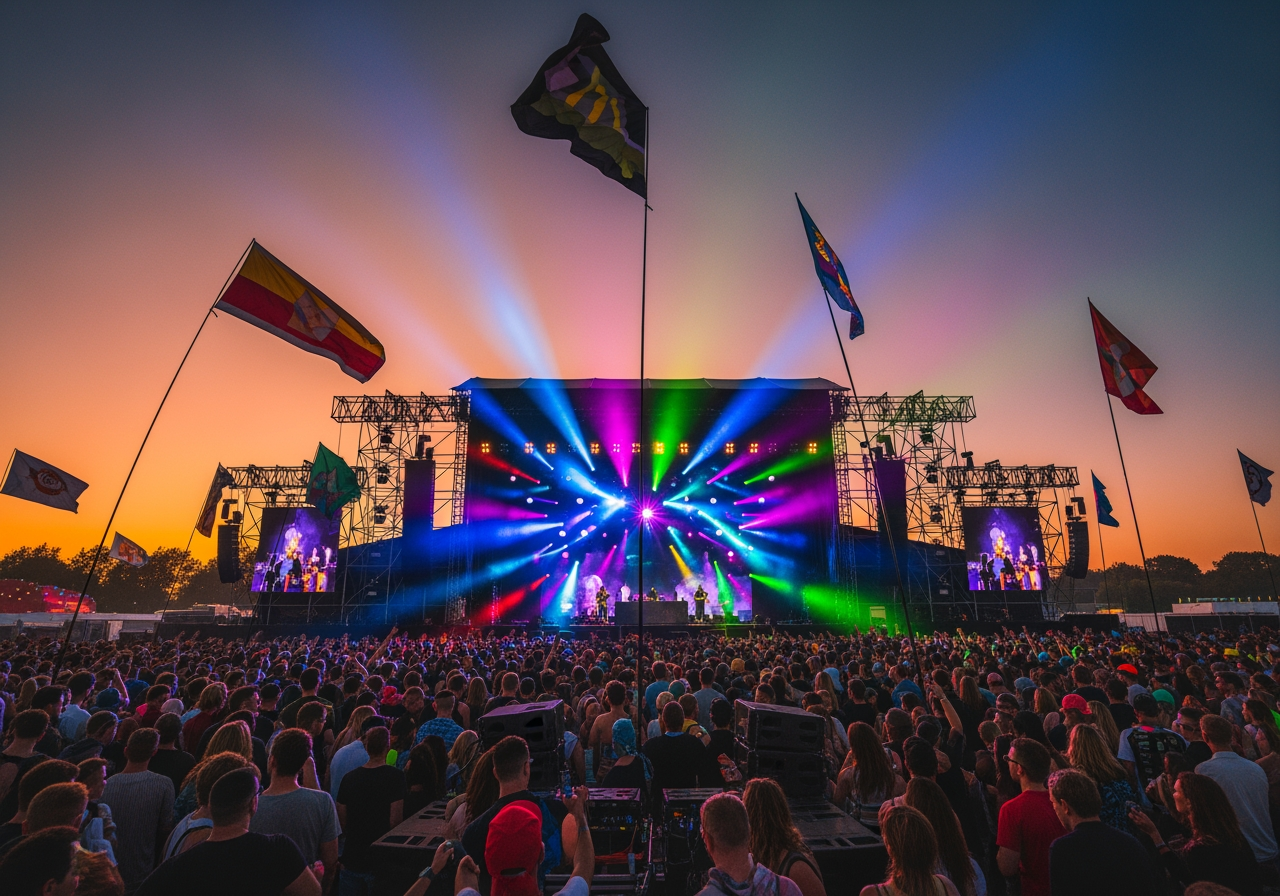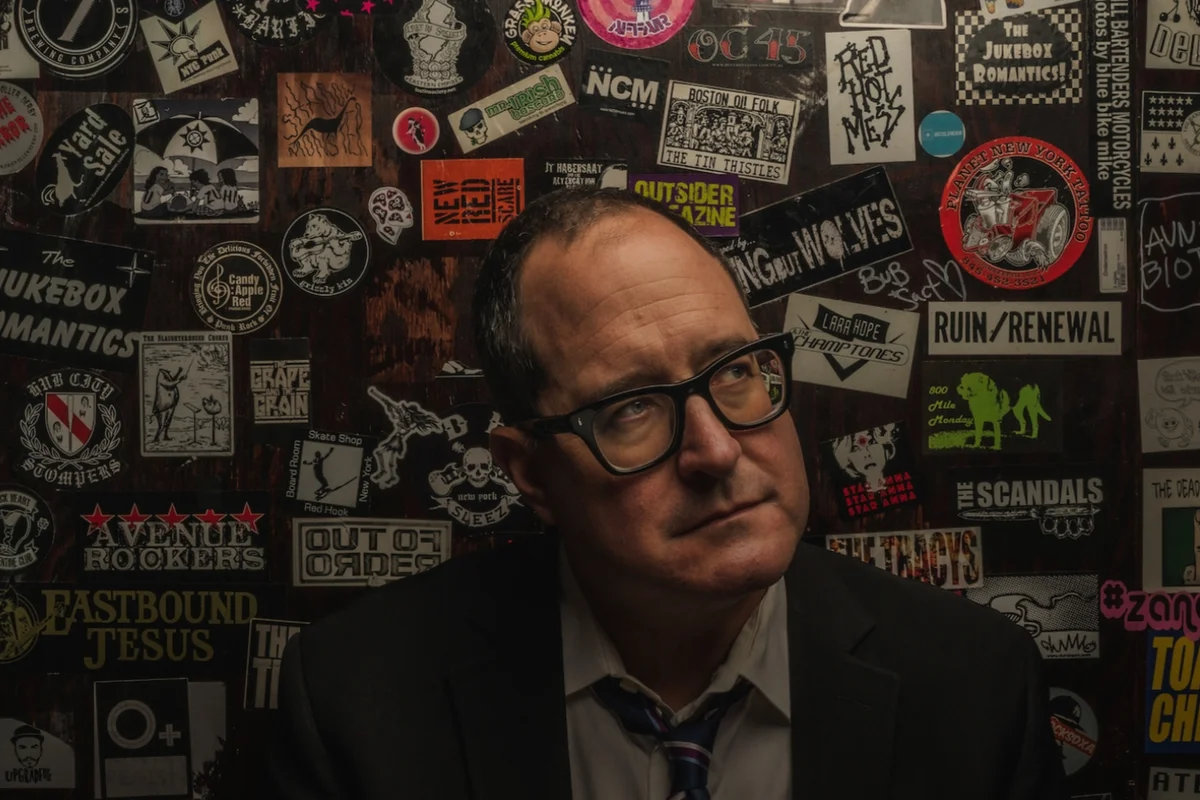
Rebecca Ferguson
Tuesday, Dec 2, 2025
19:00:00
, London
Nestled within the heart of Islington, North London, Union Chapel stands as more than just a venue; it's a sanctuary of sound, a beacon of community, and a testament to the enduring power of live music. While its stunning Gothic Revival architecture might suggest a place of quiet contemplation, step inside and you're met with an electrifying atmosphere where the raw energy of grassroots performance meets the sublime acoustics of a truly unique space. This is a place where every gig feels like an intimate encounter, a shared experience between artist and audience, amplified by the very walls that have witnessed decades of musical evolution.
The story of Union Chapel is inextricably linked to its magnificent architecture. Built between 1876 and 1877, it was originally conceived as a place of worship for the Congregationalists, a Protestant denomination. Designed by the eminent architect Sir George Gilbert Scott, the chapel was intended to be a grand statement of faith and community. Scott, renowned for his Gothic Revival masterpieces like St. Pancras Station and the Albert Memorial, imbued Union Chapel with his signature blend of soaring arches, intricate stonework, and breathtaking stained-glass windows. The building’s impressive scale and acoustic properties, carefully engineered for sermons and hymns, would later prove to be its greatest asset for a completely different kind of performance.
For much of its early life, Union Chapel served its intended purpose, a vibrant hub for its congregation. However, as societal landscapes shifted and religious attendance declined in the latter half of the 20th century, the building faced an uncertain future. It was during this period of potential decline that the vision for its repurposing began to take shape, a vision that would see its sacred walls echo with the secular sounds of rock, folk, soul, and everything in between.
The transition from a place of worship to a celebrated live music venue was not immediate but rather a gradual evolution. In the early 1990s, a group of passionate individuals recognized the immense potential of the chapel’s unique acoustics and inspiring ambiance. They saw an opportunity to create a space that fostered a deep connection between performers and audiences, a stark contrast to the often impersonal nature of larger venues. The formation of the Union Chapel Project in 1991 marked a pivotal moment, dedicated to preserving the building while transforming it into a multi-purpose community hub, with live music at its core.
This shift saw the chapel become a sanctuary for artists seeking a more intimate and acoustically rich environment. Its capacity, while significant, allowed for a feeling of closeness, and the exceptional natural reverberation meant that even the most delicate vocal performances or intricate instrumental arrangements would soar. Union Chapel quickly carved out a niche for itself, attracting artists who valued substance over spectacle, and audiences eager for a more authentic concert experience. It became a cornerstone of London’s grassroots music scene, fostering a reputation for quality programming and an unparalleled atmosphere, often described as almost spiritual, even for secular events.
Union Chapel’s unique selling proposition lies in its unparalleled acoustic purity and deeply spiritual ambiance, seamlessly blending sacred architecture with secular artistry. This combination has made it a coveted stage for a diverse range of artists, from emerging talent to established legends. The natural reverb of the chapel amplifies every note, making for an incredibly immersive and moving experience, regardless of the genre.
Here are just a few of the countless iconic performances that have graced its hallowed stage:
These are just a fraction of the artists who have understood and embraced the magic of Union Chapel. Its role in supporting the local music scene cannot be overstated, providing a platform for emerging artists and a cherished venue for established acts.
Local Music Scene Context:
Within the vibrant tapestry of London's live music venues, Union Chapel occupies a distinct and cherished position. While arenas like The O2 offer grand spectacle and massive capacity, and more intimate club venues such as The Lexington provide a grittier, underground feel, Union Chapel offers a unique synthesis. It’s a grassroots venue in spirit, fostering a deep connection between artist and audience through its programming and atmosphere, yet it boasts an architectural grandeur and acoustic superiority often associated with much larger, more established theatres. This blend of intimacy, architectural beauty, and exceptional sound quality sets it apart, attracting artists and audiences who seek a more profound and memorable live music experience that transcends the typical concert hall. Its commitment to community and its focus on artist well-being further cements its status as a vital, yet singular, pillar of London’s musical ecosystem.
The nearest National Rail and London Underground station is Highbury & Islington. This station serves the Victoria Line, London Overground, and Great Northern services. From Highbury & Islington station, Union Chapel is approximately a 5-10 minute walk. Exit the station and head south on Upper Street, then turn right onto Islington Park Street. The chapel will be on your left.
Numerous bus routes stop along Upper Street, providing excellent connectivity from across London. Key routes include:
Driving to Union Chapel is possible, but parking in Islington can be challenging and expensive. It is strongly recommended to use public transport if possible.
Parking Options:
Please check signage for specific hours and charges.
Union Chapel is committed to being an accessible venue for all patrons.
For any specific accessibility queries, please contact Union Chapel directly via their website or phone number.
Union Chapel has a capacity of approximately 900 standing or 500 seated for concerts.
The nearest Tube and Overground station is Highbury & Islington (Victoria Line, Overground). Numerous bus routes also stop along Upper Street, serving the venue.
Yes, Union Chapel is wheelchair accessible. There is ramp access to the main chapel floor, with dedicated space for wheelchair users. Accessible toilets are also available. It is recommended to contact the venue in advance to discuss specific needs.
Door opening times vary for each event but generally range from 30 to 60 minutes before the advertised start time. Please check the specific event details.
While driving is not recommended due to limited and expensive parking, nearby options include Islington Town Hall Car Park, Chapel Market Car Park, and street parking (subject to availability and restrictions).

Tuesday, Dec 2, 2025
19:00:00

Thursday, Dec 18, 2025
19:00:00

Friday, Dec 19, 2025
19:00:00

Friday, Jan 30, 2026
19:00:00

Saturday, Feb 21, 2026
19:00:00

Friday, Apr 17, 2026
19:00:00